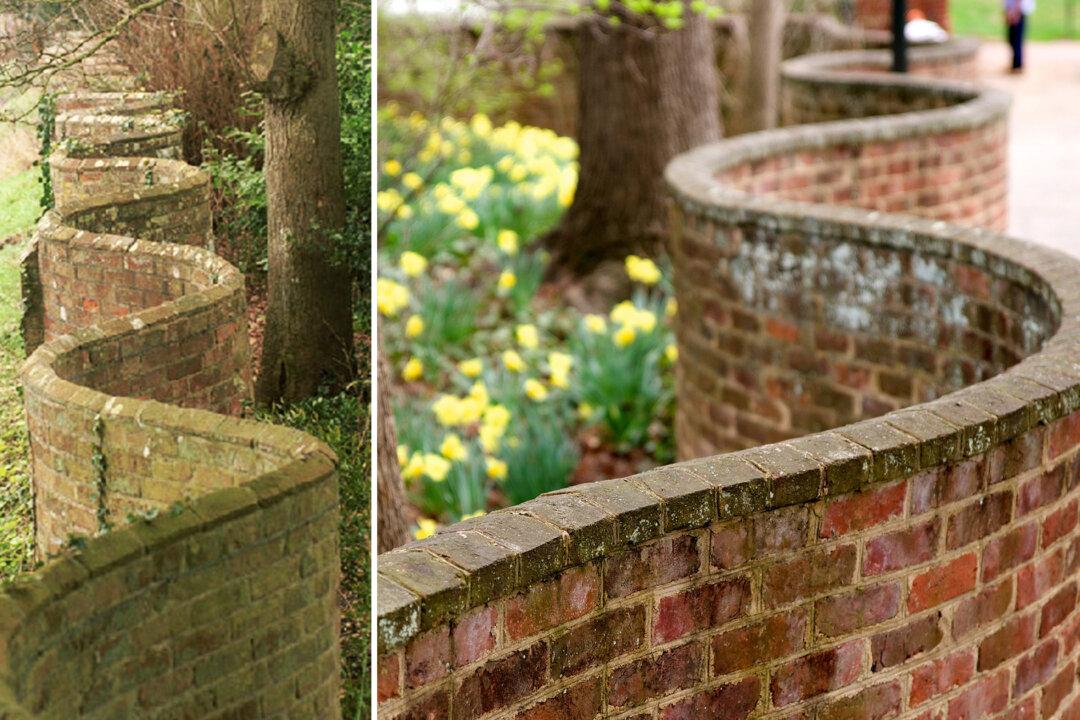Disclaimer: This article was published in 2023.
A British man with a fascination for “crinkle crankle” walls shares his curious photos of this old architectural quirk.

A British man with a fascination for “crinkle crankle” walls shares his curious photos of this old architectural quirk.